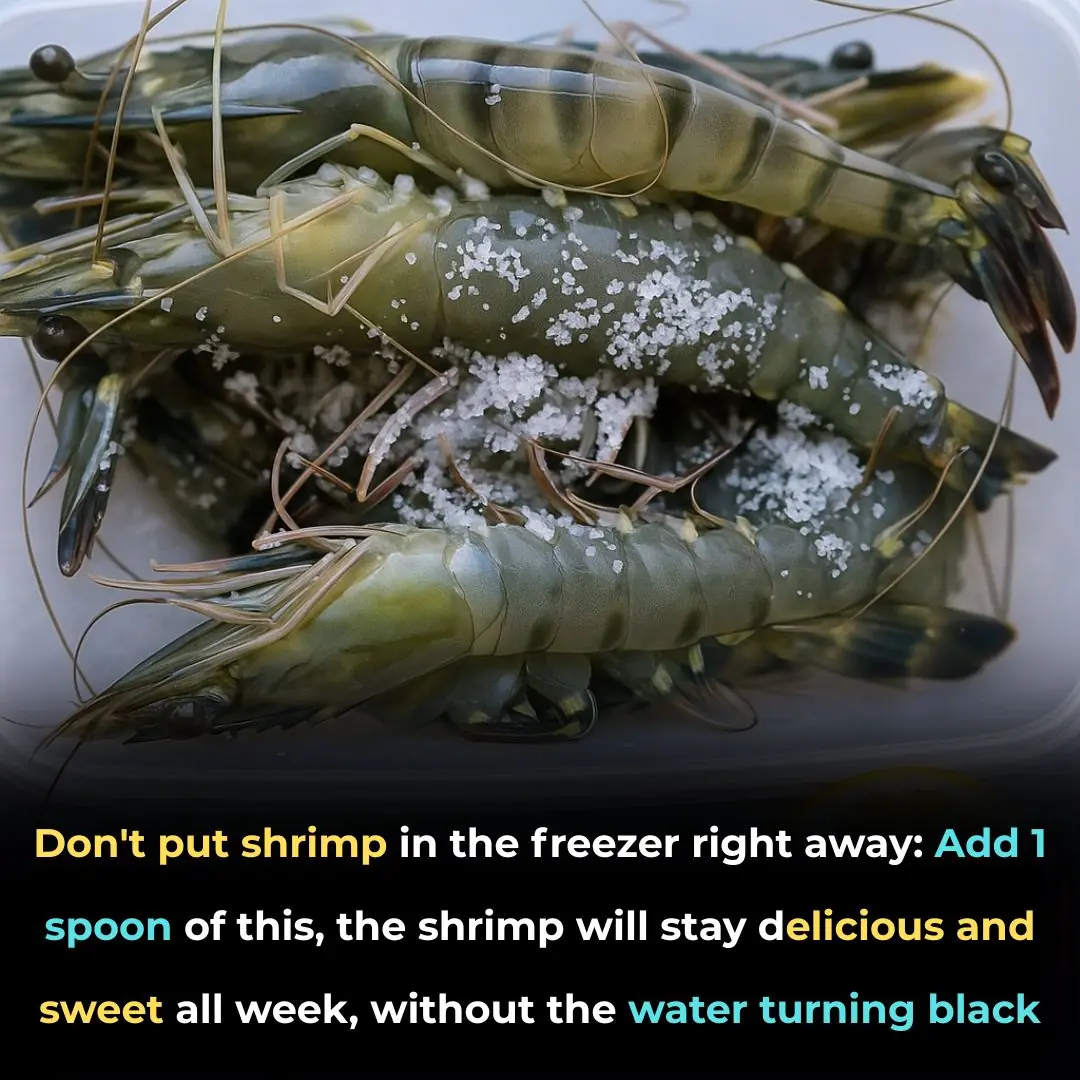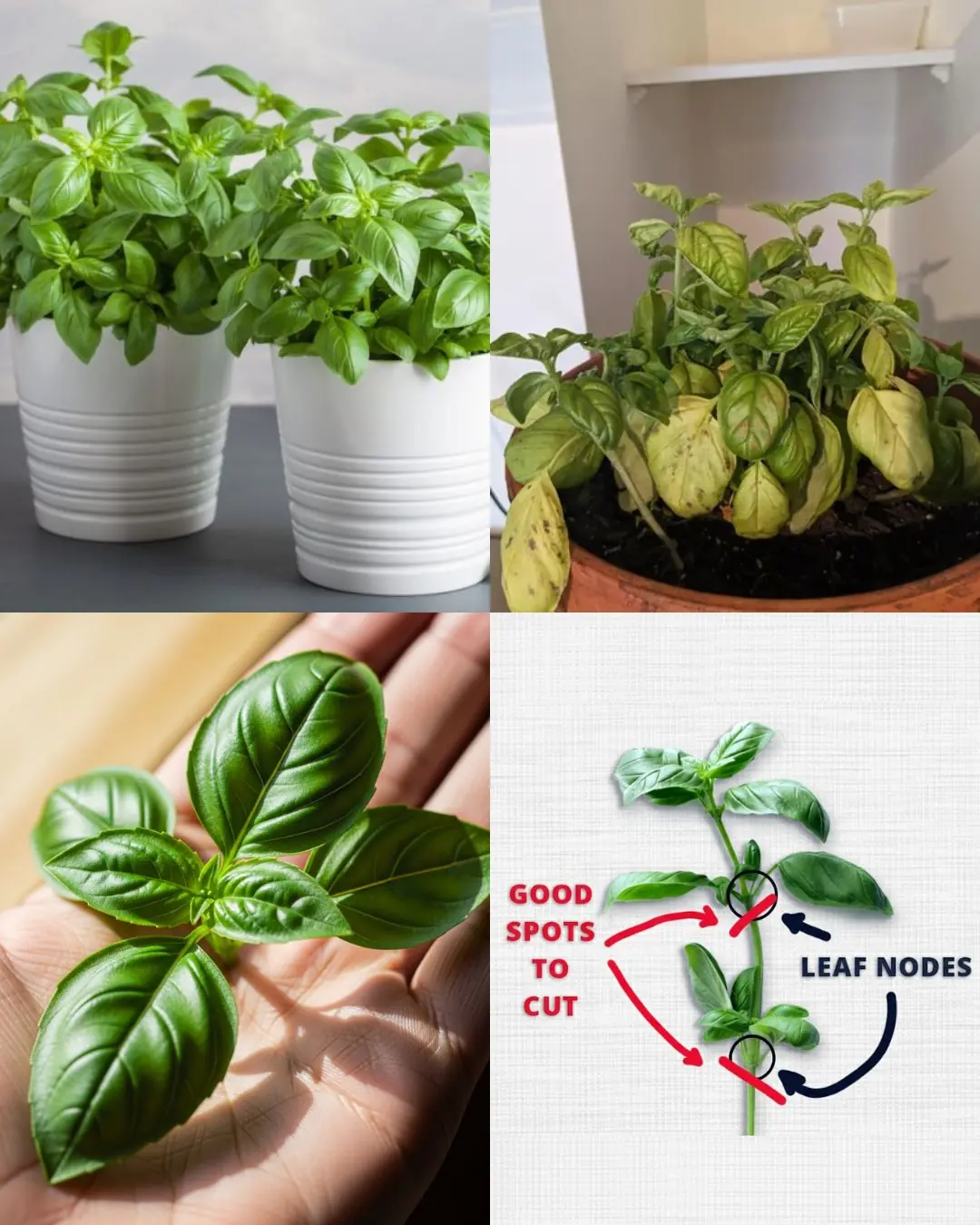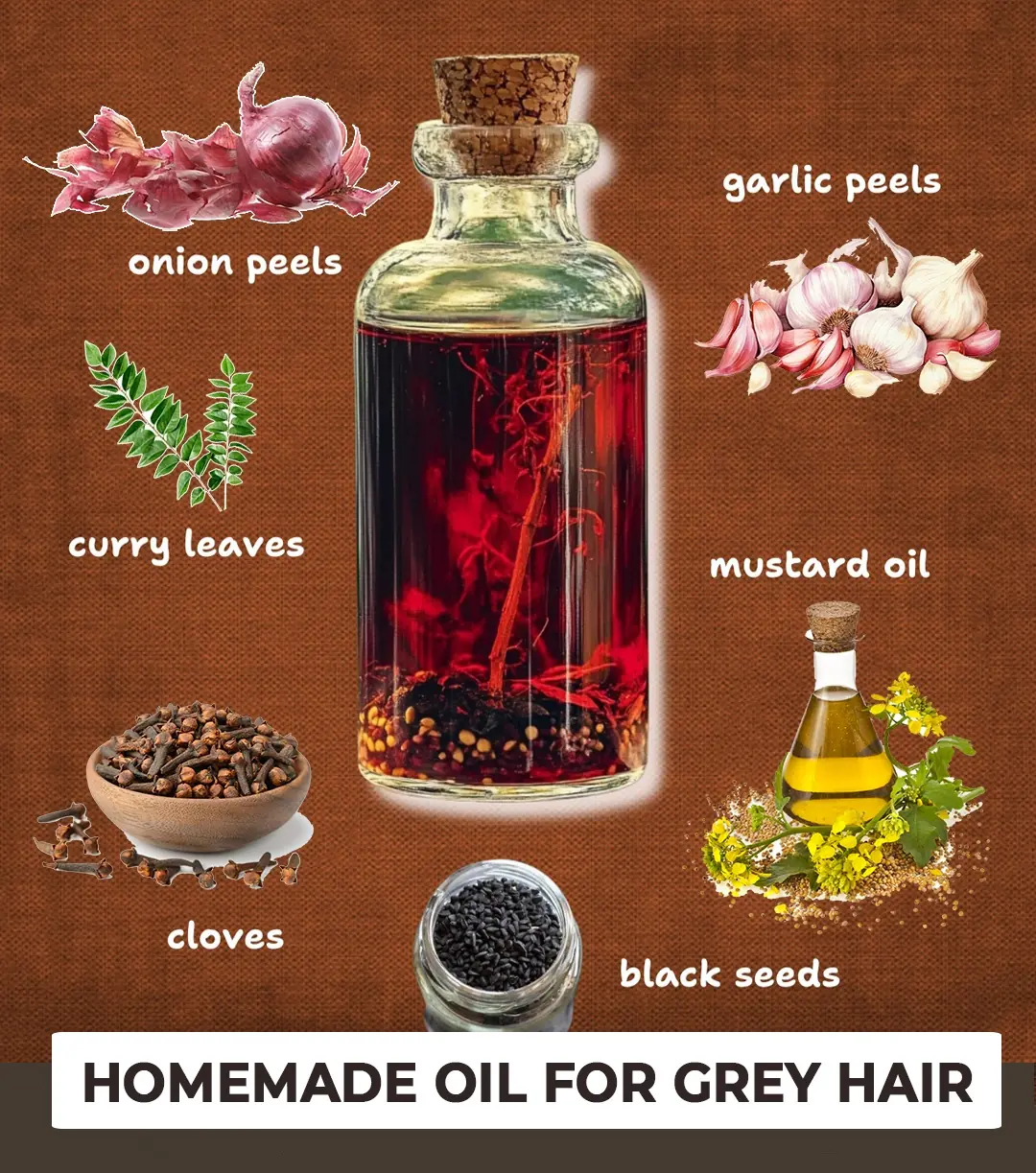
Simmering Fish With Just One Handful of This Leaf: Rich Aroma, No Fishy Smell, Tender to the Bone

In traditional Vietnamese cuisine, various leaves are often used to elevate dishes—lime leaves, guava leaves, piper lolot leaves, to name a few. However, one underappreciated gem in the kitchen is ginger leaves. Known more commonly for their medicinal uses, ginger leaves surprisingly make for a powerful secret ingredient when it comes to braising fish.
When cooked, ginger leaves release a warm, sharp aroma that not only masks any fishy smell but also adds a distinctive, peppery warmth to the dish. Fish braised with ginger leaves takes on a glossy, caramel-brown color, a thick, silky sauce, and firm, flavorful flesh. The result is a dish that’s rich in both taste and heritage.
Ingredients You’ll Need
To create a delicious pot of braised fish with ginger leaves, gather the following ingredients:
-
Fresh fish (carp or mudfish): about 2 kg
-
Pork belly: 1 kg
-
Fresh ginger leaves: a medium-sized handful
-
Galangal, lemongrass, shallots, chili – for a layered aromatic base
-
Seasonings: premium fish sauce (40°N), seasoning powder, rock salt, and sugar
-
Other components: caramel sauce (nước hàng), fresh banana leaves to cover the pot
All these ingredients are familiar and easy to source. Yet, when combined thoughtfully, they create a dish bursting with traditional Vietnamese flavor—deep, earthy, and comforting.
Step-by-Step: How to Braise Fish With Ginger Leaves
1. Prepare the Fish and Pork
Clean the fish thoroughly—gut it, remove the scales, and rinse with rock salt to eliminate any lingering odors. Blanch briefly in boiling water, then drain well.
Cut the pork belly into thick slices (about 2–3 fingers wide). This ensures the meat remains juicy and doesn’t shrink too much during long braising.
2. Marinate the Fish for Deep Flavor
Place the fish in a large bowl. Add:
-
2 tablespoons seasoning powder
-
1 tablespoon rock salt
-
1 tablespoon sugar
-
½ bowl of premium fish sauce
Mix gently but thoroughly. Let marinate for at least 30 minutes so the fish absorbs all the flavors.
Meanwhile, sauté chopped shallots and lemongrass until fragrant. Add the pork belly and lightly sear. Season with a pinch of fish sauce and seasoning powder to enhance its taste.
3. Prepare the Caramel Sauce
Use 1 bowl of sugar, heat it over medium heat until it turns a rich amber hue—like the color of honeyed chestnut wood. This caramel not only gives the fish its deep brown color but also contributes a subtle sweetness that balances the spice and salt.
4. Layer the Pot
Start by laying a bed of fresh ginger leaves at the bottom of the pot. Next, add sliced galangal, followed by the pork belly and then the fish. Sprinkle crushed galangal and chili on top. Pour in the caramel sauce and just enough hot water to barely cover the surface of the fish.
For a truly traditional touch, place a layer of banana leaves on top before covering the lid. The combination of banana and ginger leaves infuses the dish with a signature rustic aroma—instantly recognizable and impossible to replicate with artificial seasoning.
5. Simmer Gently Twice
-
First boil: Bring the pot to a boil, then reduce to a low simmer. Let it cook gently for around 2 hours.
-
Second boil: Let the pot rest overnight. In the morning, simmer again for another 3 hours.
The longer you cook, the more concentrated the flavor becomes. The fish firms up, the bones soften, and all ingredients meld into one unforgettable dish. If cooking a smaller batch, you can reduce the time, but low heat and patience are non-negotiable for success.
The Final Result & How to Serve
After hours of slow cooking, your kitchen will be filled with an intoxicating mix of ginger, lemongrass, galangal, and banana leaf fragrance. The fish will be firm yet tender, rich and deeply flavorful, with zero fishy odor. Pork belly becomes melt-in-your-mouth tender, infused with warm spice and subtle sweetness.
This dish is best served hot, alongside steamed white rice or crispy rice crust (cơm cháy). The savory aroma and well-rounded flavor turn a simple family meal into something cozy and nostalgic—comfort food with heritage.
Tips for Perfect Braised Fish With Ginger Leaves
-
Always choose live or freshly caught fish to ensure natural sweetness and firm texture.
-
Use young ginger leaves—they’re more aromatic and tender than older, fibrous ones.
-
Avoid stirring the fish once it starts braising—this prevents it from breaking apart.
-
If you have access, cooking over charcoal or a wood-fired stove can dramatically enhance the flavor with a subtle smokiness.
More Than Just a Dish – A Taste of Home
This dish is more than just a method of cooking—it represents the creativity and heart of Vietnamese home cooking. From humble, accessible ingredients, Vietnamese families have created a dish that resonates deeply with generations.
In family gatherings, a steaming pot of fish braised with ginger leaves isn’t just about food. It’s a reminder of simpler times, of tradition and love passed down, and of the unspoken warmth shared around the dinner table.
Whether you’re near or far from home, one bite of this dish brings you right back.
News in the same category


Drinking lemon ginger water provides these 6 amazing benefits for your body

Mosquitoes are most afraid of this bowl of water. Place it in your house, and no matter how many mosquitoes there are, they will all be gone. Sleep peacefully!

Drinking lemon ginger water provides these 6 amazing benefits for your body.

Store these 6 types of fruits in the refrigerator and it's "toang"

Lost life due to a major mistake in using medicated oil

How to wash your hair with ginger water to reduce hair loss and hair growth

8 ways to get rid of motion sickness instantly without medicine: Travel long distances and still be healthy

Don't throw away expired or leftover beer, use it for these 8 things and everyone will praise it.

Save this valuable remedy to help draw out toxins and save lives from rabid dog and snake bites in just 1 minute.

Don't put shrimp in the freezer right away: Add 1 spoon of this, the shrimp will stay delicious and sweet all week, without the water turning black

Soak orange and grapefruit peels in vinegar to get a special type of water that can save you a lot of money

Air fryer is extremely convenient if you know the following 10 tips

Vaseline Uses and Benefits for Skin, Lips and Hair | Petroleum Jelly Benefits

Plantain grows wild everywhere but is a precious medicine: There are 7 medicinal recipes from plantain that everyone should know.

White Polygonum multiflorum: A folk remedy that helps enrich the blood

Soak orange and grapefruit peels in vinegar to get a special type of water that can save you a lot of money.

Don't soak frozen meat in water. Listen to the chef's instructions on how to defrost it in 5 minutes and the meat will still be delicious.
News Post

Vitamin E Oil uses for Skin – Glowing Skin, Dark Circles & Wrinkles

How to Keep Supermarket Basil Alive and Thriving

3 Best Detox Drinks for Glowing, Healthy Skin

Erase Wrinkles and Fight Signs of Aging with Banana Face Pack: The Ultimate DIY Skincare Remedy

DIY Korean Rice Cream: The Secret to Wrinkle-Free, Glowing Skin Even After 50 – DIY Recipe and Benefits

Anti-Aging Face Mist with Rice Water: Unlock the Secrets to Hydrated, Glowing Skin

Roasted onion peel treatment for grey hair

Homemade Onion Juice Serum To Grow Thick Eyebrows In Just 1 Week

DIY Aloe Vera Beauty Cubes for Dark Spots, Acne, and Skin Rejuvenation: The Ultimate Skincare Hack

6 Home Remedies to Lighten Dark Underarms | How to get rid of Dark Underarms

DIY Aloe Vera Facial: A Step-by-Step Aloe Vera Facial for Skin Lightening

How to make banana vinegar with just 4 simple ingredients, and enjoy the delicious final product.

Drinking lemon ginger water provides these 6 amazing benefits for your body

Mosquitoes are most afraid of this bowl of water. Place it in your house, and no matter how many mosquitoes there are, they will all be gone. Sleep peacefully!

Drinking lemon ginger water provides these 6 amazing benefits for your body.

Anyone Whose Hair Is Falling Out Needs To Make This 2-Ingredient Drink Immediately

13 Detox Foods To Flush Out Toxins, Fight Cancer Cells And Relentlessly Hunt Free Radicals

Doctor warns: your ‘healthy’ lemon water habit is actually destroying your liver – here’s what you’re doing wrong

The Secret Power of Plantago Major that no one knows
